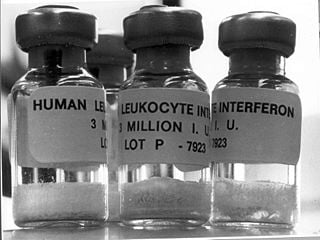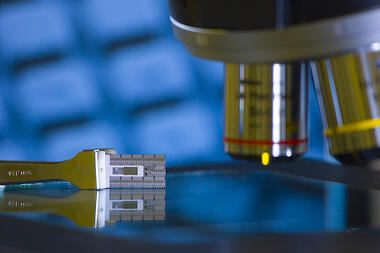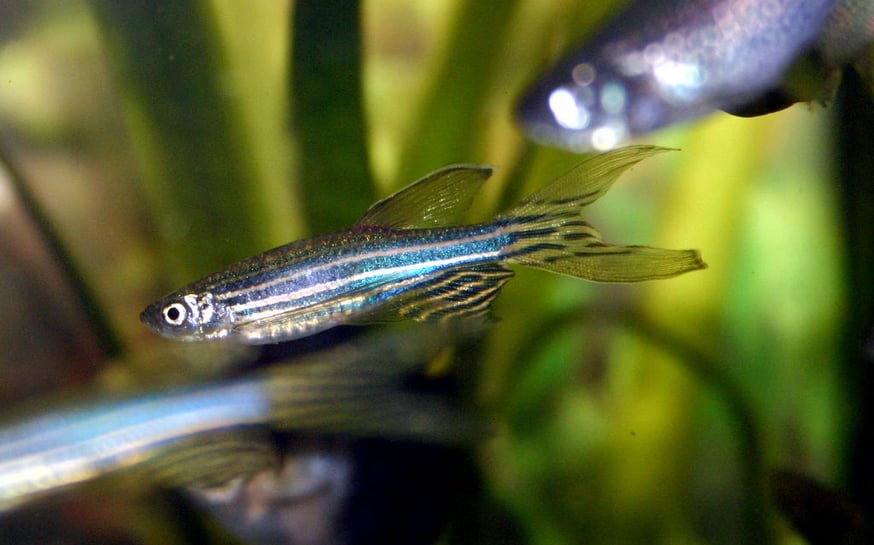In a first of its kind study, researchers at UCLA utilized ultrasound to “jump start” the brain of a man with severe brain injury who was recovering from a coma. According to the UCLA Newsroom, the 25 year old man could only perform small, limited movements when instructed and “showed minimal signs of consciousness” before the procedure. Three days after the treatment, he regained full consciousness and language comprehension. He could reliably communicate by shaking or nodding his head. Five days after, the patient attempted to walk for the first time since the coma.
Read MoreTags: University of California Los Angeles, biomedical research, brain research, UCLA, UCLA research funding, Dana foundation, Tiny Blue Dot Foundation, Dr. Martin Monti
The National Institute of Health awarded a five year, $7 million grant to Dr. Monica Kraft at the University of Arizona College of Medicine – Tucson. The funding will support a research study titled, “Dysfunction of Innate Immunity in Asthma,” which will seek to improve our understanding of mediators that help control lung inflammation. This in turn may lead to improved therapies for reducing severe asthma attacks.
Read MoreTags: biomedical research, Biotech Event, UAZ, Research Funding, NIH grant, University of Arizona Tucson, UA, Asthma research, BioResearch Product Faire™
Tags: East Coast Bioscience Shows, biomedical research, Medical Research, Duke University, North Carolina, disease research, Research Funding, Durham, NC, Duke, Southern Region, 2016, BioResearch Product Faire™, duke medicine
On May 2nd, 2013, a very important addition to the WSU Pullman campus was dedicated. The Veterinary and Biomedical Research Building (VMRB) is now the seventh connected building in the WSU Research and Educational Complex. This new building will foster research relating specifically to biomedical questions revolving around human and animal health.

This development has been under construction since August 2010 and is the most newly added member to the Research and Educational Complex on the WSU Pullman campus. This $96 million dollar investment by WSU will focus on many health issues including:
- Heart health: How, by uncovering the biophysical mechanisms of cardiac muscle contraction, new discoveries into cardiac function and disease can be revealed.
- Emotional health: How understanding the basis of emotions of companion and production animals can improve the lives of people with affective disorders.
- Sleep and circadian rhythms: How rhythms, dysrhythms, and circadian biology affect animal biology and can improve and inhibit daily functions in animals and people.
- Neurological diseases: How neurodegenerative diseases, such as Parkinson’s disease, can be treated more effectively by discovering the underlying causes and subsequently creating treatments to repair the loss of functionality.
- Obesity and Diabetes: How obesity and diabetes can be prevented by studying and understanding the relationship between the consumption of food and how energy is consequently regulated into the body.
- Drug addiction: How the biological actions of commonly abused drugs can be used to reverse the destrctive nature of addiction and help prevent the relapses of drug users.
This research facility is operating east of the Martin Stadium entrance and south of the Beasley Coliseum parking lot. This building boasts 77,250 net square feet (128,000 gross square feet) of state-of-the-art space, highly suitable for biomedical research, health science teaching, and research programs. Also included in this structure is a vivarium (an indoor facility for safely housing animals and plants in their natural environments for humane scientific observation), which will allow for gene targeting of the animals and provide necessary quarantined space to guarantee uncontaminated research. These labs and offices were specifically designed with the Veterinary Medicine Department of Integrative Physiology and Neuroscience in mind.
On the subject of this exciting new development, WSU regent Scott Carson remarks, “This building is the beginning. It’s our opportunity to compete for those wonderful young people that will be coming here in the future - the researchers that will do wonderful work because of the collaborative environment that this represents.”
Washington State University’s College of Veterinary Medicine (CVM) is one of the top leaders in research benefiting to animal and human health and well being. In fact, solely during the 2006 fiscal year, the research faculty placed the CVM well into the top tier of all veterinary schools by working with over $12.5 million in competitively funded research.
Some of these specialized areas are:
*Food & water-borne diseases
*Cardiovascular medicine & physiology
*Immunology and infectious diseases
*Neurobiology
*Microbial genomics and proteomics
Tags: 2014, 2013, biomedical research, Washington, WSU Pullman, WA, Northwest, WA research, WSU, Washington State University, Washington Life Science, BioResearch Product Faire Event, buiding. new building, research science information, Biomedical Research Funding, Pullman
Each year millions of Americans risk undergoing surgery for a variety of problems such as organ transplants, mending broken bones and cosmetic surgeries. Often surgery is necessary to fix ongoing health problems with the benefits of the surgery usually outweighing the risks. Despite the potential risks to surgery patients, in the United States more than 48 million surgeries are performed each year. In most cases, undergoing surgery is relatively risk free, but not always.
Tags: 2014, Bioscience research, 2013, biomedical research, University of Colorado, Medical Research, Drug Discovery, DNA Research, Southwest, National Jewish Health, Anschutz Medical Campus, BioResearch Product Faire Front Line Event, BioResearch Product Faire Event, Denver, CO, public health, NJH, Fitz, Aurora
Tags: biomedical research, 2012 Research Funding, University of Nevada Reno, UNR, Nevada, 2012, Neuroscience, Front Line event, NV, Reno, Biomedical Research Funding

Researchers in the St. Giles Laboratory of Human Genetics of Infectious Diseases at Rockefeller University have recently published the results of a study that demonstrates how organs like the brain have their own defense systems which, when disrupted, can permit disease despite a healthy white blood cell count. The key is the production of interferon, which are proteins triggered by a receptor called TLR3 that send up the alarm to fight infection (by interfering with the pathogen's reproduction). When that TLR3 receptor is faulty on a neuron or other brain cell, no interferon is produced and the patient can suffer a disease of the brain even though that same pathogen is being combatted effectively in other parts of the body. We now know there seem to be localized systems of immune response within specific organs, and that interferon therapy may help patients with rare localized diseases.
Tags: Rockefeller University, biomedical research, Stem cell research, New York, 2012, Immune System, brain research, BioResearch Product Faire Event, NY, New York City

Tags: biomedical research, Utah, university of utah, UТ, 2012, Life Science Market Update., Front Line event, Salt Lake City, Life Science Technology, bio medical research
Tags: biomedical research, Bioresearch, 2012, Life Science Market Update., Denver, Front Line event, CO, Colorado, National Jewish Health University, NJH
 One of the ways to measure how well a program or department at a university is doing is to look at their graduate programs. To be able to offer the PhD in a specialized area, you need qualified faculty willing and able to take on teaching and mentoring responsibilities; a strong reputation for excellence in the area; research opportunities (and RA funding) for those doctoral students; and equipment and laboratory facilities, to name just a few factors. So when you see an institution win a major grant to launch a PhD program, you know that's a hot area for research and facilities expansion as well.
One of the ways to measure how well a program or department at a university is doing is to look at their graduate programs. To be able to offer the PhD in a specialized area, you need qualified faculty willing and able to take on teaching and mentoring responsibilities; a strong reputation for excellence in the area; research opportunities (and RA funding) for those doctoral students; and equipment and laboratory facilities, to name just a few factors. So when you see an institution win a major grant to launch a PhD program, you know that's a hot area for research and facilities expansion as well.
Tags: CA, biomedical research, Photonics, University of California Irvine, Southwest, California, 2012, BioResearch Product Faire Event, Funding, Irvine


